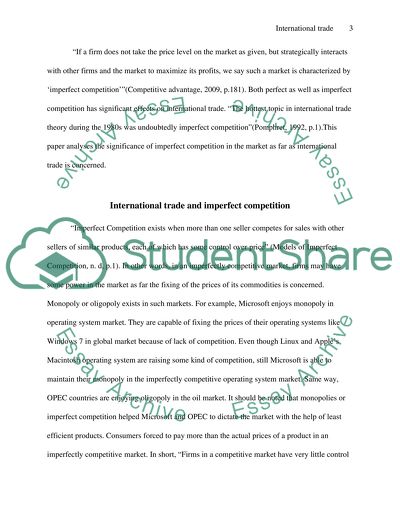Cite this document
(“Significance of imperfect competition models for explaining the Essay”, n.d.)
Retrieved from https://studentshare.org/finance-accounting/1394860-significance-of-imperfect-competition-models-for-explaining-the-pattern-of-international-trade
Retrieved from https://studentshare.org/finance-accounting/1394860-significance-of-imperfect-competition-models-for-explaining-the-pattern-of-international-trade
(Significance of Imperfect Competition Models for Explaining the Essay)
https://studentshare.org/finance-accounting/1394860-significance-of-imperfect-competition-models-for-explaining-the-pattern-of-international-trade.
https://studentshare.org/finance-accounting/1394860-significance-of-imperfect-competition-models-for-explaining-the-pattern-of-international-trade.
“Significance of Imperfect Competition Models for Explaining the Essay”, n.d. https://studentshare.org/finance-accounting/1394860-significance-of-imperfect-competition-models-for-explaining-the-pattern-of-international-trade.


